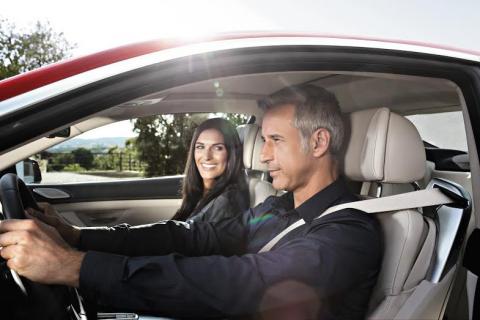Published 10 years ago
Last updated 10 years ago

- Rear-facing Infant Car Seat: Designed for children under the age of one year, this seat provides the best protection until they’re one year old and weigh at least 13 kg. At BMW, this is known as BMW Baby Seat 0+.
- Child Safety Seat: Targeting toddlers aged 1-4 years, a child safety seat secures your child and spreads the force of a crash across a wide area. This seat should last until either the child’s weight exceeds 18 kg or they grow too tall for the seat. At BMW, this is known as BMW Junior Seat I-II.
- Booster Seat: Made for small children aged 4-6 years, a booster seat works by raising the child to the correct height for the car’s adult seat-belt to work properly. It has a seat back that can provide additional protection in the event of a side impact. The booster seat should be used until the child is approximately 145 cm tall. At BMW, this is known as BMW Junior Seat II-III.
- Booster Cushion: The final option before your child transitions to the three-point lap and diagonal seat-belt featured in your car, the booster cushion is designed for children aged 6 -11 years, that weigh from 22 to 36 kg. Some manufacturers are now producing backs that cover the full 15 to 36 kg range.
Categories
- Log in to post comments